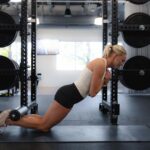Disclosure:
Thank you for reading this post, don't forget to subscribe!
Some of the links on this website are affiliate links. This means that if you click on the link and make a purchase, we may receive a small commission at no extra cost to you. Your support helps us keep the site running.Learn more on my Privacy Policy and Affiliate Disclosure page. Thank you for your support!

Stretching is a vital component of any fitness routine, often overlooked in favor of more dynamic exercises. However, incorporating stretching before and after workouts can significantly enhance your overall fitness and well-being. This blog post will explore the importance of stretching, its benefits, types of stretches, and how to integrate them into your workout routine.
Why Stretching is Essential
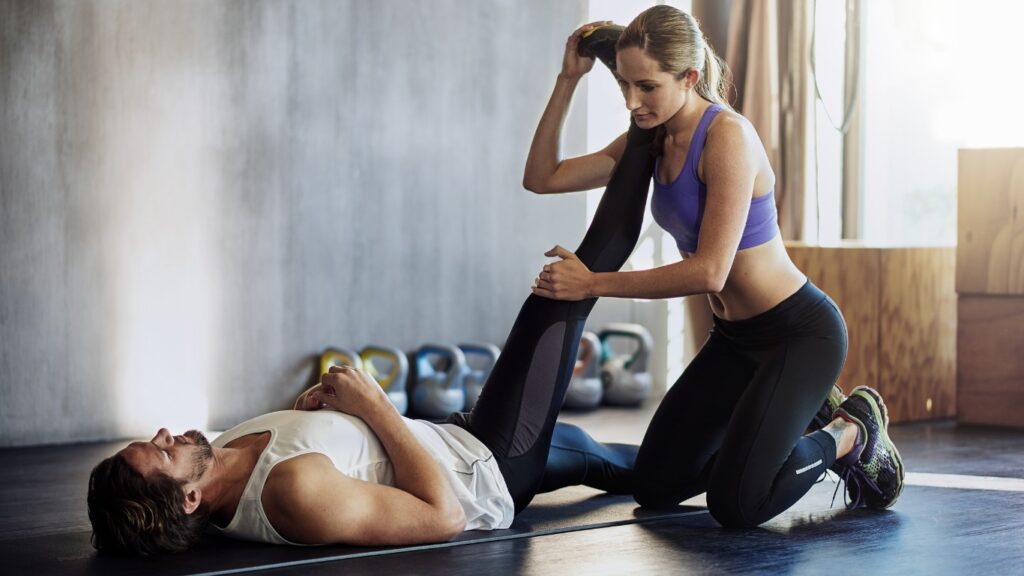
1.Preventing Injuries by Increasing Flexibility
Stretching increases your range of motion, making your muscles more flexible and less prone to injuries. When muscles are flexible, they can handle the stress of various physical activities better, reducing the risk of strains and sprains.
2.Improving Performance and Enhancing Muscle Recovery
Stretching before a workout prepares your muscles for the activity ahead, improving your performance. Post-workout stretching helps in muscle recovery by relaxing the muscles and reducing stiffness.
3.Enhancing Blood Circulation and Reducing Muscle Soreness
Stretching improves blood circulation, which aids in the delivery of oxygen and nutrients to your muscles, enhancing their function and reducing soreness after workouts.
read more about: Healthline-Stretching: 9 Benefits, Plus Safety Tips and How to Start.
Types of Stretching Exercises
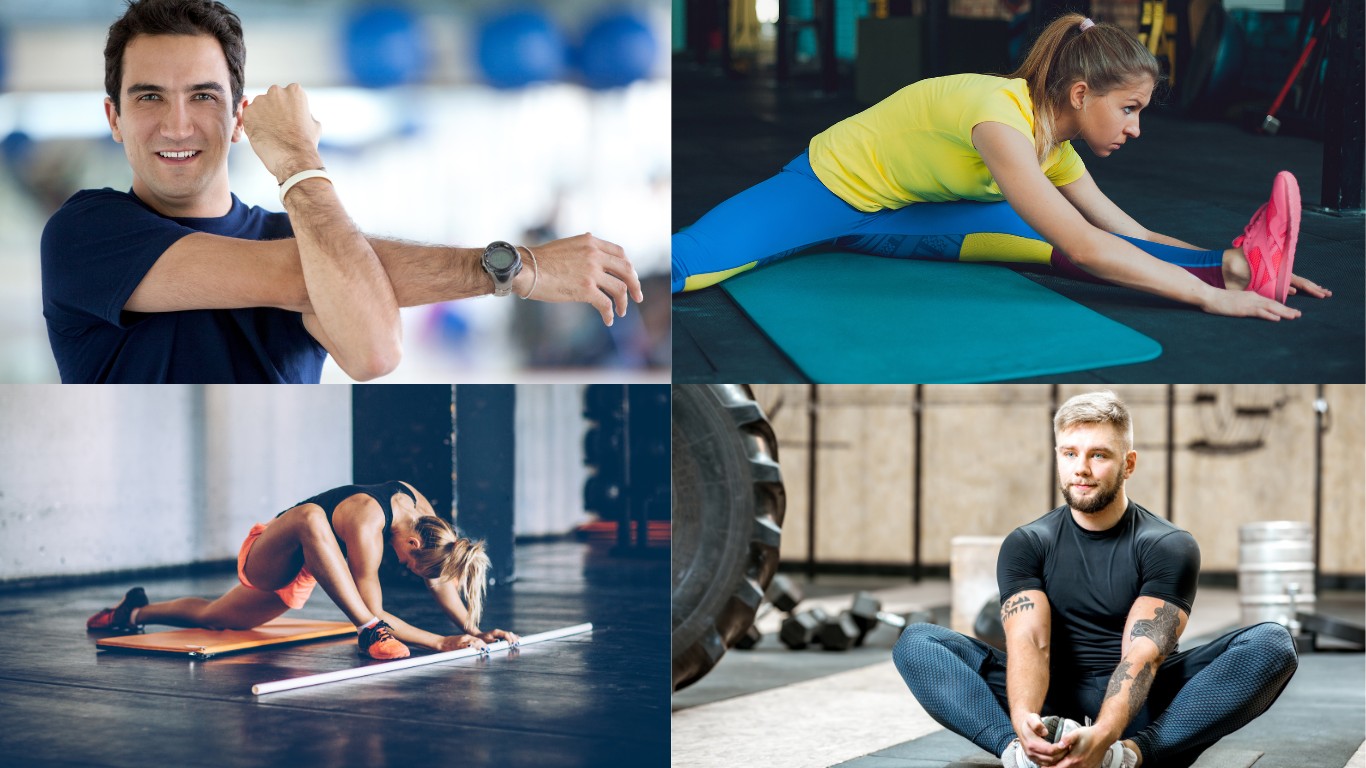
Dynamic stretches involve movement and are typically done before a workout to prepare the muscles for activity.
- Leg Swings: Stand on one leg and swing the other leg forward and backward, increasing the range of motion with each swing.
- Arm Circles: Extend your arms out to the sides and make circular motions, gradually increasing the size of the circles.
- Lunges: Step forward with one leg and lower your hips, then return to the starting position and repeat with the other leg.
Static Stretches
Static stretches involve holding a stretch for a period of time and are usually performed after a workout.
- Hamstring Stretch:Sit with one leg extended and reach for your toes, holding the position for 15-30 seconds.
- Quad Stretch: Stand on one leg, pull the other foot towards your buttocks, and hold for 15-30 seconds.
- Calf Stretch: Stand facing a wall with one foot forward and the other back, push against the wall and hold for 15-30 seconds.
find out more about: Healthline: Why Stretching is Key to Fitness-An in-depth article on the benefits of stretching before and after workouts and how it supports muscle health and recovery.
PNF (Proprioceptive Neuromuscular Facilitation) Stretches
PNF stretching is an advanced form of flexibility training that involves both stretching and contracting the muscle group being targeted.
- Contract-Relax Stretch: Stretch the muscle, contract it against resistance, then relax and stretch it further.
- Hold-Relax Stretch: Hold the stretch, resist while trying to contract the muscle, then relax and stretch further.
How to Incorporate Stretching into Your Routine
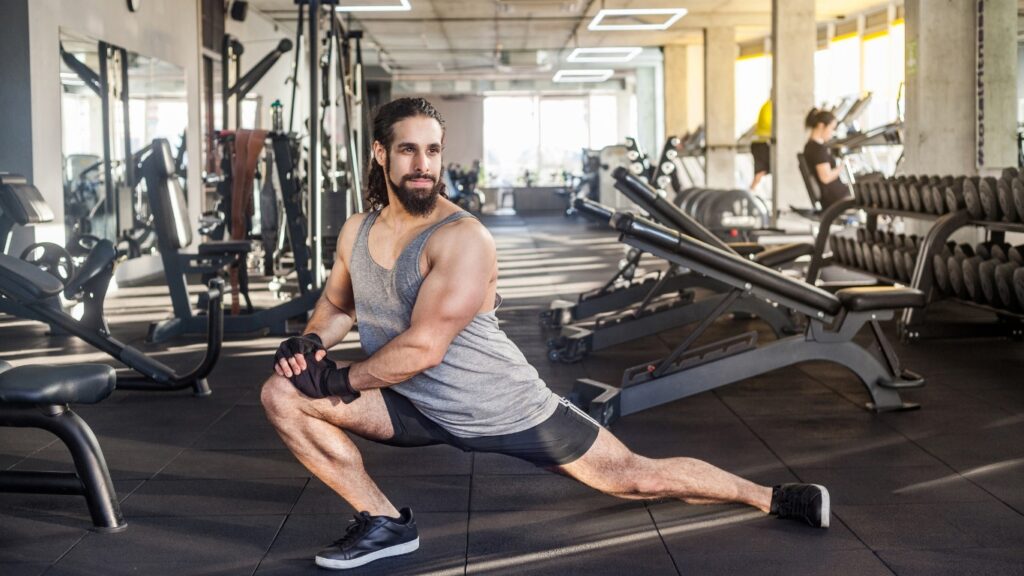
Guidelines for Proper Warm-Up and Cool-Down Stretching
- Warm-Up Stretching: Perform dynamic stretches before your workout to prepare your muscles.
- Cool-Down Stretching: Perform static stretches after your workout to relax and lengthen your muscles.
Duration and Frequency of Stretching Sessions
- Duration: Each stretch should be held for at least 15-30 seconds.
- Frequency: Aim to stretch all major muscle groups at least two to three times a week, ideally after each workout session.
Customizing Stretching Routine Based on Workout Intensity and Goals
- Intensity: Adjust the intensity of your stretches based on your workout. For high-intensity workouts, incorporate more dynamic stretches during warm-up and thorough static stretches during cool-down.
- Goals: Tailor your stretching routine to your specific fitness goals, such as improving flexibility, enhancing performance, or aiding in recovery.
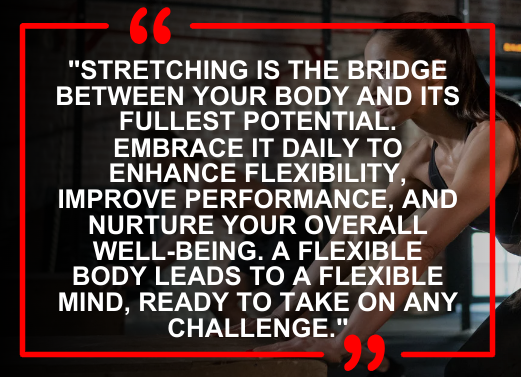
Summary
- Stretching is a crucial aspect of fitness that aids in preventing injuries, improving performance, enhancing muscle recovery, and reducing muscle soreness. By incorporating dynamic, static, and PNF stretches into your routine, you can enjoy these benefits and improve your overall fitness and well-being..
Conclusion
Encourage your friends and family to reap the benefits of stretching by sharing this article. Comment below with your favorite stretching exercises and how they have helped you in your fitness journey. Let’s prioritize stretching for better health and fitness!







